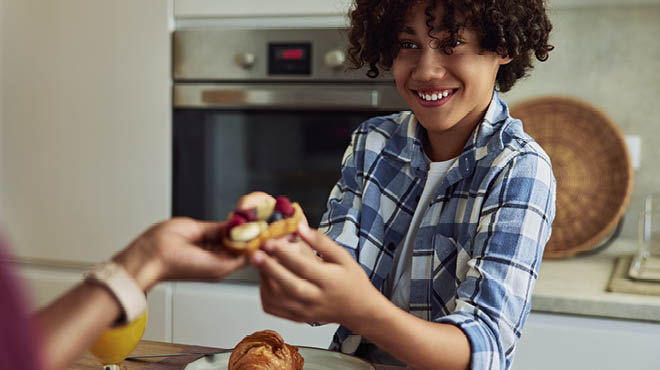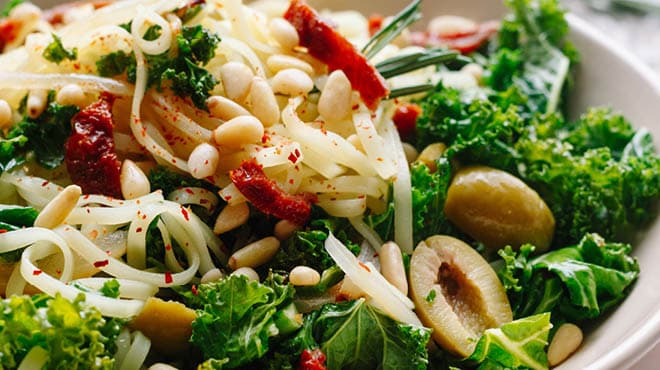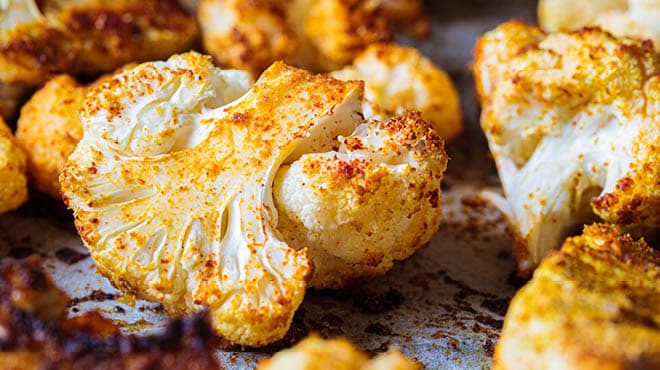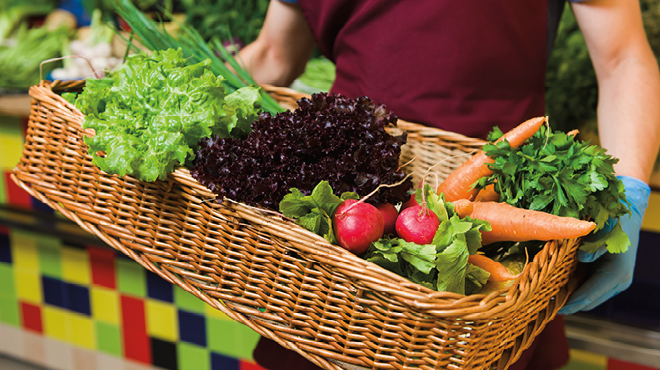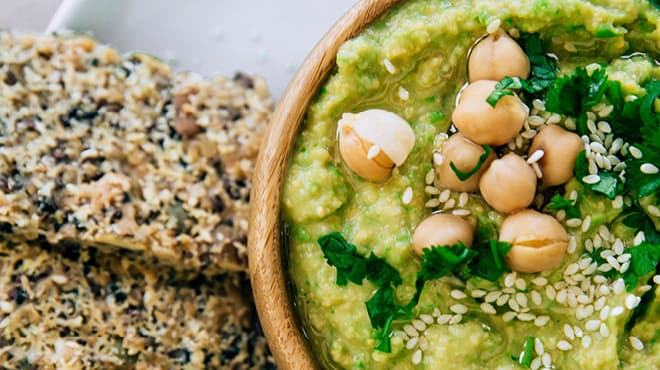Recent Posts
Going out for lunch? How to stick to healthy habits
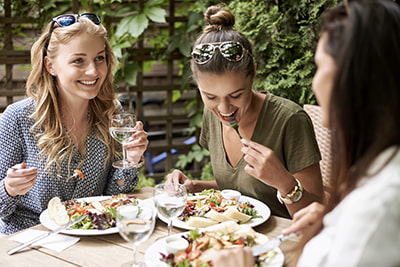
It’s 11:30 a.m. on a Monday and you realize you must leave soon for a lunch meeting at a local restaurant. Your initial thought is, “What on earth am I going to eat? I just started my diet today.”
Staying on track while dining out can certainly be a challenge. Portions have drastically increased over the past several years, making determining the proper portion size difficult. In other words, you might find yourself wondering, “How much should I actually be eating?”
On top of that, many options are loaded with calories from fat and sugar. According to Robert Woods Johnson Foundation study, “A Nation at Risk: Obesity in the United States,” adults currently consume an additional 300 calories per day in comparison to food consumption in 1985. Although there are many reasons for this, restaurant choices have been one contributing factor. Fortunately, eating out can fit into a healthy lifestyle even if you’re working on weight maintenance or weight loss. From cooking methods, condiments, portion control and beverages, there are plenty of options for ensuring your lunch meeting doesn’t derail your goals for healthy eating.
Salad selections
Your initial instinct is to go with a salad. After all, you always hear about the importance of eating more vegetables, and salads are an easy choice for getting more veggies while dining out. Surprisingly, salads can and often contain just as many calories if not more than a burger, typically due to a significant amount of fat and/or sugar from various salad toppings and dressings.
To ensure your salad really is as healthy as you want it to be, ask for the dressing on the side, which allows you to control the amount you consume. Sauces, dressing, creams, gravies and butter are often provided in excess and are dense sources of calories and fat. Try dipping your fork in the dressing prior to each bite, which provides the satisfying mouthfeel you get from the dressing without all the extra calories. Alternatively, when packing your own lunch from home, shake or toss your salad, which can significantly reduce the amount of dressing you need to use by evenly coating your lettuce, spinach or other greens.
Appropriate food portions
If salad is not at the top of your list for lunch choices, there are plenty of other methods for choosing healthier options within the main entrees and sandwich sections. Aim to avoid keywords including fried, buttered, sautéed, au gratin and crispy. These words often refer to high-fat and high-calorie options. Instead, browse for words such as broiled, baked, grilled, poached, roasted or steamed, which are low-fat methods for preparing foods.
Look for healthy side items, including steamed vegetables or rice pilaf blend. Think about what your portion sizes really should be, not what most people want them to be. Decrease your servings of starches like bread, potatoes, rice and pasta to about the size of your first, and limit your meat portion to the size of the palm of your hand. Fill more of your plate with fruits and vegetables when possible as these are very low in calories and high fiber.
Consider asking your server if there is a lunch menu or if half portions are allowed. If neither is an option, you could consider sharing an entrée with a colleague or asking for a to-go box at the beginning of the meal. Before you begin eating, remove yourself from being a member of the “clean plate club” and put half your lunch in the to-go container to reduce the temptation of finishing your meal.
Quenching your thirst
The server asks for your beverage order, and you’re tempted to request a caffeinated soda to help make it through remainder of the day. However, reconsider your beverage choice, because one of the simplest ways to cut total daily calories is by being conscientious of what you’re drinking.
Many restaurant beverages are a source of excess calories and sugar and contain very little nutritional quality. We know beverages have calories; however, we often don’t understand not just how many calories they contain but also the impact they have on our total health — including weight management, blood sugar control and heart health. Rethink and aim for water, diet pop or unsweetened tea. Sparkling or carbonated waters are great alternatives if you’re looking for bubbles and fizz. If plain water is not satisfying for you, consider adding lemon or fruit for infused water taste or even using a splash of 100 percent fruit juice.
Dessert while dieting
You have mastered the menu and feel pretty good with the choices you’ve made, but then the dreaded word “dessert” is mentioned. You may think to yourself “How can I have dessert if I’m on a diet?” Dessert definitely can fit and is considered part of a balanced diet, as long as it’s consumed in moderation and portion-controlled. Look for bite-size options, or, once again, try splitting a dessert with colleagues. Additionally, consider splurging on only one course. If you already had an appetizer, skip the dessert. If you didn’t start with an appetizer and chose a relatively low-calorie meal and beverage, a dessert is more feasible.
Remember, dining out is a normal and expected part of life that should still be enjoyed even when you’re attempting to eat better for weight loss or other health reasons.
Caitlin Terpstra is a registered dietitian who provides nutrition counseling at Mayo Clinic Health System in Owatonna.
